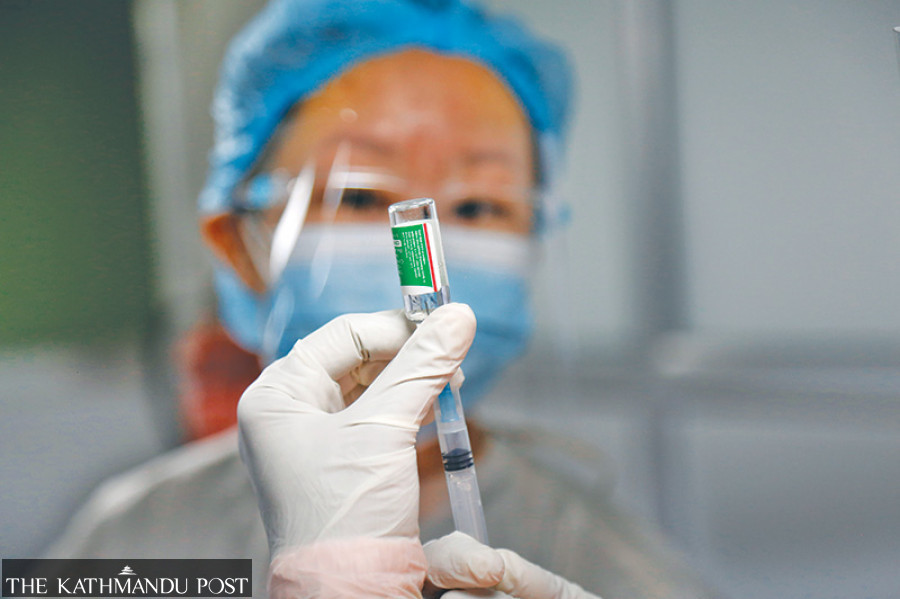Editorial
Road map to reopen
Until we secure enough doses for everyone, precautions are all we have.
The government has relaxed certain restrictions in Kathmandu Valley and across the country while extending the prohibitory order by a week, Tuesday onward. Shops selling essential supplies, including books and stationery supplies, can now operate until 11 am. A similar arrangement has been made for shops selling construction materials from 4 pm, and there are no restrictions for agricultural work. Authorities have also allowed hotels and restaurants to resume takeaway and home delivery services. Although not in the official correspondence, officials have also said there’ll be no restrictions for morning or evening walks, provided people abide by mandatory public health protocols against Covid-19.
It’s been almost two months since the government imposed one of the world’s strictest stay-at-home orders as the second wave took hold in Nepal, collapsing our health system and unleashing mayhem of deaths and sufferings. While the decision to relax restrictions, owing to a decline in new infections, deaths and hospital admissions, is a welcome one, public health experts say it is a continuity of ad hoc decisions by the government. Authorities, however, say the extension with a revised modality was made after consultation with various stakeholders. Whatever the case, it is a policy failure in the first place to have bureaucrats making decisions amid a pandemic with a variant of concern in circulation. Sans any measures to break the chain of transmission, an extension by a week shows how clueless the administration is. So how should Nepal gradually and safely lift the prohibitory order?
The answer lies in our end goal. We cannot have a scenario where there will be a lockdown again. To avoid a future resurgence, facts, not beliefs, should guide the authorities to plan and implement the modalities and the timeframe for relaxing the restrictions. While at it, the government should also offer practical solutions to individuals and businesses who’ve been out of wages and operation. The reopening discourse should start with assessing whether hotspots have conducted adequate testing and tracing, and whether the current downward trend of new infections is real. Without an actual dip in new infections for two consecutive weeks vis-à-vis adequate testing and continued adoption of safety protocols, any plan to reopen is destined to fail.
The road map to reopen should first consider how today’s decisions will impact the country shortly. As essential as reopening is to our society so that the economy gets going and people can return to their jobs and businesses, and resume "normal life", both the government and the public must reflect on the blunders last year, and ensure that we behave appropriately to prevent getting stuck in lockdown cycles and further jeopardising our fragile situation and the economy. No one is safe until everyone is vaccinated, and until we secure enough doses for everyone, precautions are all we have. While the government has to figure out how to effectively instil safety protocols as a new norm and communicate a science guided timeframe to lift pandemic restrictions, the public too needs to adapt to the culture of the "new normal" while going about their daily lives and returning to work.
The daily positivity rate hovers above 20 percent despite a sharp decline in testing and tracing. Polymerase chain reaction tests have more than halved, and antigen tests are pathetically inadequate to assess our situation. With the relaxed restrictions, we are bound to see an increase in mobility and, with it, our risks of a deadly resurgence. We are our choices hereon as the race to open and resume everyday life builds up, but we have to be mindful of dropping our guard and openly flouting safety protocols, as we did in the months leading to the explosion in mid-April this year. It will be catastrophic.
Pandemic-appropriate behaviour by each one of us will be paramount to gradually and safely lift the prohibitory order.




 17.12°C Kathmandu
17.12°C Kathmandu














